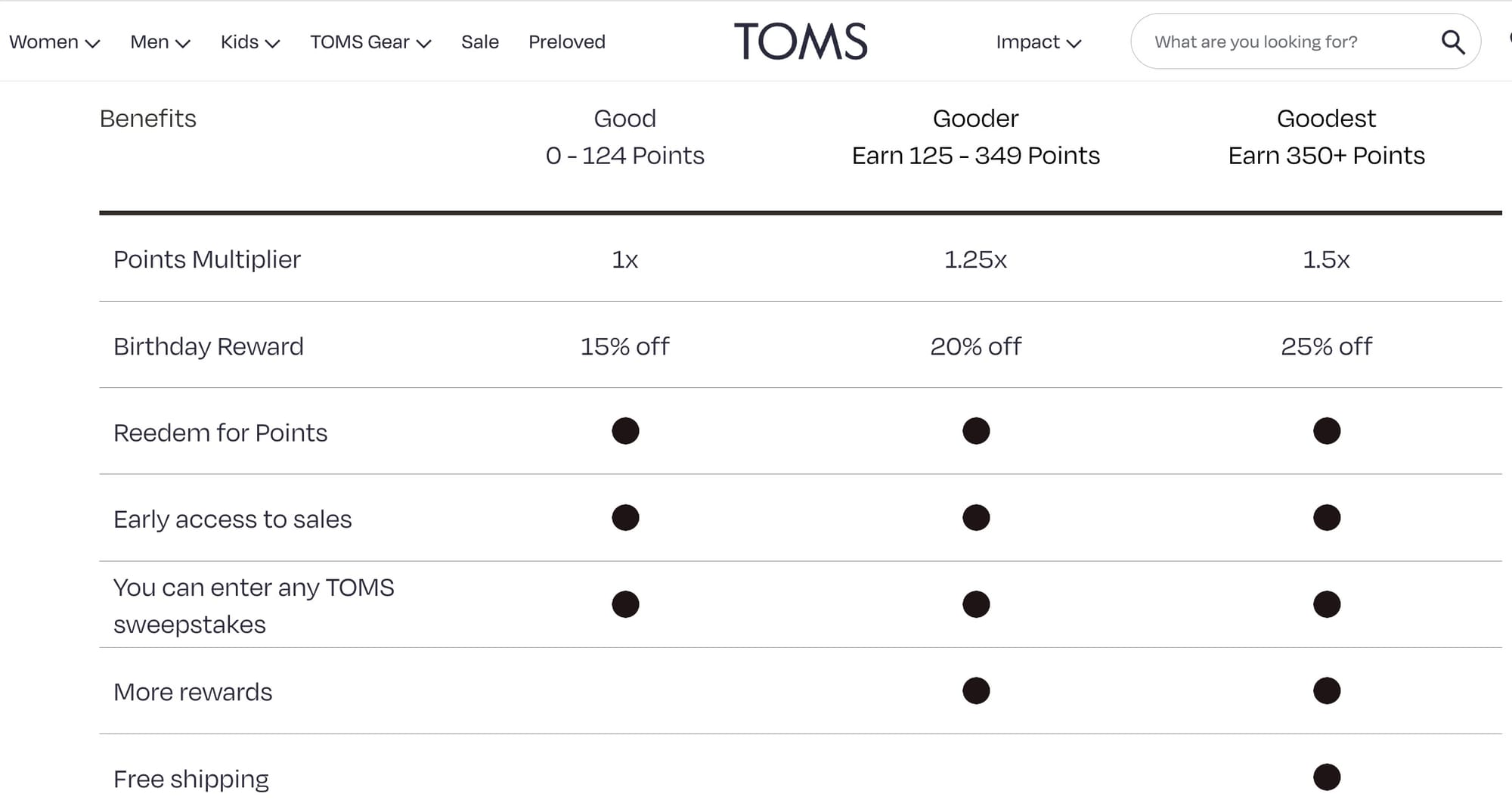You already know it: Your eCommerce marketing strategy is essential to your business's success.
But there are so many eCommerce marketing strategies and best practices out there—which ones are particularly effective? Which ones should you focus on?
If that's not confusing enough, many eCommerce marketing strategies require enormous amounts of time and money to execute well, while others provide quick wins with very little investment. But again, which are which?
If you want to know how to boost sales fast, you're in the right place. In this eCommerce marketing guide, you'll learn about 20 highly effective ways to increase eCommerce sales quickly.
But before we begin, first things first:
What is eCommerce marketing?
eCommerce marketing is the process of driving traffic to your online store, converting website visitors into new customers, and then generating ongoing business from those customers. Effective eCommerce marketing strategies build brand awareness, drive online sales, and increase customer loyalty.
So, how can you do exactly that? Here are 20 tactics to use in your eCommerce marketing plan.
1. Run time-sensitive sales
Scarcity and urgency are strong motivators—or to put it another way, 'FOMO' is real. When consumers feel like they might miss out on an offer or a deal, they're more likely to click 'buy.'
So, you can boost your sales by creating time-sensitive offers that compel your target audience to make a purchase.
Make sure to promote your flash sales on social media platforms and in your marketing emails. You could also use a countdown timer on your eCommerce store, so shoppers really feel the pressure!
2. Build your email list with popups
Email is a powerful marketing channel—in fact, for every $1 spent on email marketing, the average eCommerce business experiences a $36 return on investment (ROI).
But here's the thing: Before you can implement your email marketing strategy, you need a mailing list. But how exactly can you build one?
Many eCommerce marketers use website popups to offer a discount or free shipping for signing up. Here's an example from Taylor Stitch:
3. Use email automation
Now that you've got some subscribers, how can you turn them into customers and brand advocates? In short, with email automation.
Email automation is the process of creating emails that are automatically sent to people at optimal times. For example, you could create a set of welcome emails that are delivered to new subscribers when they sign up. This helps ensure a cohesive user experience across channels and keeps customers engaged with your brand.
4. Decrease and recover abandoned carts
According to the Baymard Institute, a whopping 69.8% of shopping carts are abandoned—that's a lot. So, it's essential to find ways to reduce your cart abandonment rate. How?
People abandon carts for many reasons—additional costs, being forced to create an account, and slow delivery options are the main offenders. Check out the image below to see more reasons:
It's possible to increase your eCommerce sales drastically by removing and mitigating some of these issues in your checkout process.
However, there will always be people who abandon their cart, so it's a good idea to create abandoned cart emails to follow up and prompt them to finish checking out.
Here's an example of an abandoned cart email from Rudy's Barbershop:
5. Reward loyal customers
Increasing your customer retention rate is guaranteed to supercharge your sales—and the results will compound over time as people continue to make repeat purchases.
So, how can you increase customer retention? Perhaps one of the most effective ways is to create a customer loyalty program that provides perks to repeat customers. And think beyond points: VIP experiences, free products to sample, and benefits like free shipping and returns are all good incentives for loyalty members.
For example, TOMS has a tiered rewards program that offers customers benefits and perks as they level up.

6. Use push notifications
Email isn't the only way you can directly engage your target market. You can also use web push notifications.
Push notifications are messages that pop up in web browsers and on mobile devices. These little messages can be incredibly effective at driving sales—especially when used to promote a time-sensitive offer.
Just be careful not to overuse web push notifications—some people find them a little annoying if they receive many in a short period of time.

7. Upsell and cross-sell products
Let's break down the difference between upsells and cross-sells with some immortal words created by McDonald's:
- Upsell: "Would you like to supersize your order?"
- Cross-sell: "Would you like fries with that?"
Upsells and cross-sells are incredibly effective ways to increase your average order value (AOV), which can profoundly affect your bottom line.
Always promote relevant products and upgrades to customers on product pages, when they checkout, and after they've placed an order.
8. Optimize your post-purchase strategies
Congratulations—you've just landed a sale! Time to sit back and relax, right? Wrong.
Creating a positive post-purchase experience is absolutely vital to long-term growth. When customers have a great experience with your brand, they're more likely to make another purchase, leave a positive review, and recommend your brand to their network.
You can improve your post-purchase experience massively by offering a simple way for customers to track their packages.
For example, AfterShip Tracking enables businesses to create branded tracking pages that include information and promotions that customers care about.

9. Write copy that focuses on benefits, not features
Whenever you write marketing copy, focus on your product's benefits—not the product itself. This way, you'll be sure to answer the question on every consumer's mind: "What's in it for me?" Providing valuable content should be the foundation of any content marketing strategy, whether you're writing landing pages, blog posts, social posts, emails, or product descriptions.
For example, when Apple first introduced the iPod, they didn't say, "Storage for 1GB of MP3s"—they said "1,000 Songs in Your Pocket."
10. Capitalize on holidays and events
Holidays and events provide a special opportunity for eCommerce brands. Whether it's Halloween, Black Friday, Christmas, or New Year's Eve, make sure that your eCommerce sales strategy includes plans to join in with significant events.
In the example below, Rapha promotes a Black Friday sale to email subscribers.
11. Use social proof
Here's the thing: People are heavily influenced by others' opinions—it’s human nature.
You can use this information to your advantage in your eCommerce marketing strategy by showcasing reviews, star ratings, and the logos of impressive affiliations.
In other words, display 'social proof.'
Minaal highlights positive testimonials on its homepage to call attention to the benefits of making a purchase.
12. Share user-generated content
Another great way to tap into the power of social proof is to share and promote user-generated content (UGC)—content created by customers that features your brand.
Airbnb has used tons of UGC to grow and engage the brand's Instagram account:
Typically, this form of eCommerce marketing is entirely free—all you need to do is ask for permission to reshare users' content.
13. Partner with influencers
Social media marketing is a must for reaching potential customers where they are. You can also partner with influencers who share your target audience to promote your products to their following.
For example, PlayStation partnered with YouTube star iJustine to promote the release of PlayStation 5.
Remember, you don't need to partner with massive influencers. Many brands see impactful results when working with micro-influencers—those with around 10,000 to 100,000 followers.
14. Create a referral program
Another way to get customers to promote your brand is to create a referral program.
Most brands that use this eCommerce promotion strategy incentivize their customer base to promote the brand by offering a voucher or discount to everyone they get to make a purchase.
In this example, Helm Boots provides a $50 voucher for getting a friend to make a purchase.
15. Use an announcement bar
If you haven't already, add an announcement bar to your website to call out important information.
This eCommerce promotion tactic is as simple as it gets, but it can still be super effective. You can use an announcement bar to promote sales, coupons, and other benefits like free shipping.
16. Retarget website visitors
Retargeting is an essential eCommerce digital marketing strategy.
Simply put, here's how it works: After someone visits your eCommerce site or mobile app, you can tag them with a tracking pixel—this allows you to retarget them with personalized ads.
If you've ever been followed around the internet by a brand's advertisements, you've experienced retargeting firsthand.
You can set up retargeting campaigns with services like Facebook Ads and Google Ads. These two services alone allow you to retarget website visitors with ads on Instagram, Facebook, Messenger, Google, YouTube, and the Google Display Network.
17. Harness the power of live chat
Live chat is a brilliant way to solve customers' issues in real time without requiring users to submit a ticket or send an email. As a result, it's a powerful sales and customer service tool.
Luxy Hair uses live chat to engage website visitors and handle customer service inquiries, such as helping customers track orders.
To get started quickly, you could offer live chat through Facebook Messenger.
You could also use chatbots to handle simple customer service requests and reduce the need for customer support agents.
18. Use eCommerce personalization
Catering your shopping experience to individual consumers is a surefire way to increase sales. In fact, according to McKinsey, the right personalization tactics can lead to 40% more revenue.
Providing product recommendations is perhaps the most common type of eCommerce personalization. Recommending products during the discovery phase, the checkout page, and throughout the post-purchase experience effectively encourages conversion at every step.
And, the smarter the recommendation engine, the deeper the personalization. Using an AI-powered tool like AfterShip Personalization helps merchants boost AOV and drive more revenue.
19. Craft strong calls to action
Whenever you create materials for your eCommerce marketing strategy, be sure to call users to take a particular action, such as signing up for your mailing list or making a purchase.
For example, you might write something like, "Shop Now," "Add to Cart," or "Claim 10% Off Now." In the example below, Gymshark keeps its homepage calls to action simple and direct: "Shop" and "Learn more."
Pay close attention to these calls to action—or 'CTAs.' Sometimes, this micro text can make or break your eCommerce marketing campaign.
20. Embrace social commerce
These days, every eComm marketing strategy should include social commerce. Why? Because social media channels like TikTok and Instagram have built-in commerce features that allow your target audience to shop where they spend most of their time online.
Plus, unlike many eCommerce marketplaces like Amazon and eBay, social commerce channels allow you to own your brand experience with reams of persuasive and valuable content.
20 eCommerce marketing tactics to supercharge your sales
eCommerce and digital marketing are two sides of the same coin. If you want to know how to grow sales fast, check out these 20 top eCommerce marketing strategies:
- Run time-sensitive sales
- Build your email list with popups
- Use email automation
- Decrease and recover abandoned carts
- Reward loyal customers
- Use push notifications
- Upsell and cross-sell products
- Optimize your post-purchase strategies
- Write copy that focuses on benefits, not features
- Capitalize on events and holidays
- Use social proof
- Share user-generated content
- Partner with influencers
- Create a referral program
- Use an announcement bar
- Retarget website visitors
- Harness the power of live chat
- Use eCommerce personalization
- Create strong calls to action
- Embrace social commerce
There's always more to learn, but these eCommerce marketing strategies are a good place to start. So, choose one and get started today!


